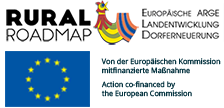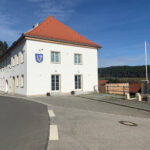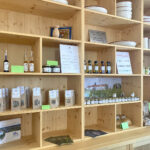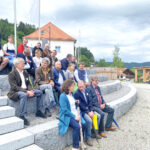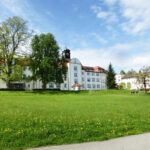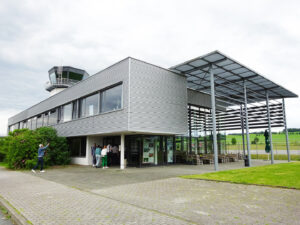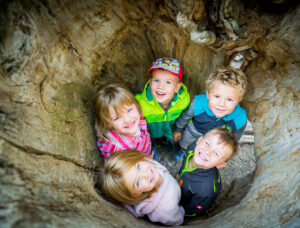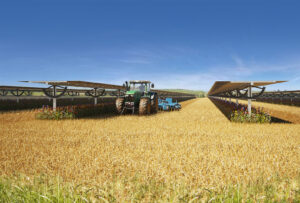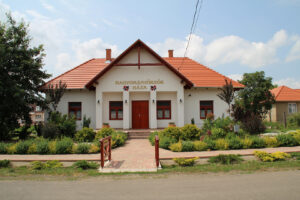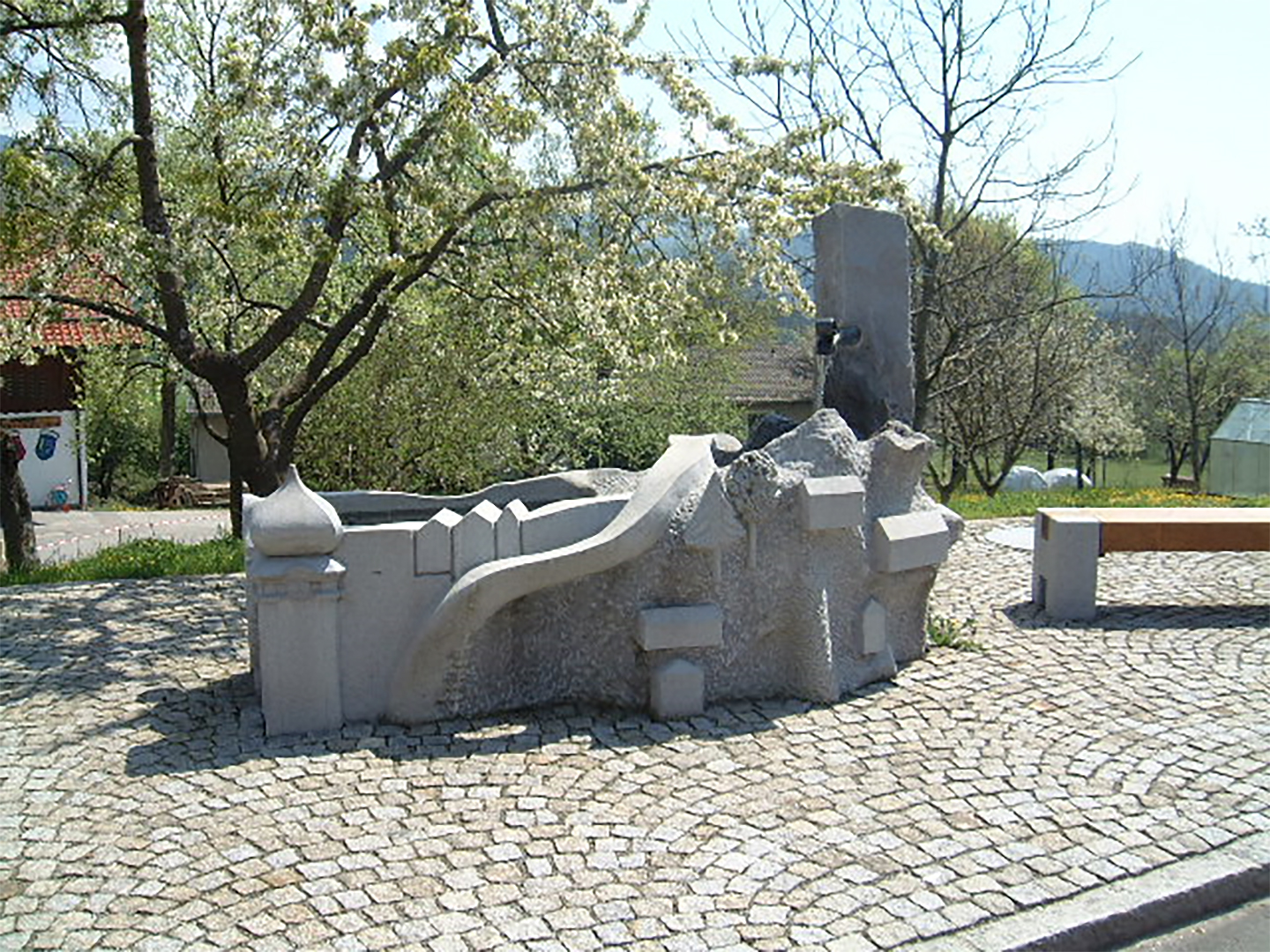
Perasdorf, Bavaria, Germany
In recent decades, the municipality of Perasdorf experienced the effects of societal developments. The paradigms of globalization and urbanization drew the population to cities and metropolises, viewing the value of rural areas solely in the provision of services such as food and timber production. The ongoing outmigration and the shrinking number of residents, who are spread across 42 different locations within the municipality, led the responsible parties to start considering village renewal as early as the 2000s.
In 2004, a comprehensive “Sustainability Check“ was conducted, and based on the results of a citizen survey, goals and action plans were developed. The value of the nature park and the small-scale cultural landscape with its various ecosystems was recognized and addressed in various projects. To find tailored solutions to the identified problems, numerous working groups were established over time, in which a total of 20 percent of the residents actively participated. Initially, the focus was put on improving infrastructure, sending a clear signal that the problems of the citizens were being taken seriously and could be solved. For example, 13 farmsteads that were previously only accessible via unpaved roads were connected.
After addressing the “hard“ location factors, the focus shifted to the “soft“ factors. Topics such as village identity, culture, (supplementary) income, regional products, communication platforms, energy, landscape preservation, and revitalization of the village center were discussed. Initial projects, such as the construction of a wooden bowling alley and the publication of a local history booklet, were realized before a new village center was created by converting the former school building into a community center, serving as a meeting place for all generations.
In Perasdorf, it was recognized that the sustainability of the municipality lies in the existence of sufficient opportunities for individual value creation and social engagement, and the municipality is committed to the common good of its citizens.
After the municipality lost a significant function with the closure of the school, it decided – aligned with the ideas developed in the participatory process – to transform the old school into a modern community house. The division of the building and outdoor areas allows for various uses that bring the village center to life. These include a multifunctional room for meetings and courses, a village shop with an exchange market, a kitchen, and a guest room. Additionally, there is an open area for summer activities. The upper floor accommodates a parent-child group, other courses, and the rural youth center. The attic houses a library and a music room. The entire community house is barrier-free, with access via an elevator, ensuring unrestricted access for all citizens. The presence of the community house has stimulated numerous volunteer initiatives, such as a weekly seniors‘ café.
The adjacent village square has been transformed into a lively center, offering a festival square, an information point with a digital bulletin board, public toilets, a multifunctional shed, and an herb garden. Preparations for an e-charging station and free internet access for everyone in the village square area emphasize its contemporary orientation. A multifunctional building on the village square, also used by the fire department, has an integrated expandable district heating supply, reflecting a commitment to environmental and energy consciousness.
As part of a future project, citizens, with professional support, embarked on a search for value creation potential in rural areas from the end of 2022 to January 2024. In line with the vision of developing sustainable income models that provide a solid economic foundation for large parts of the population and counteract rural depopulation, a comprehensive compilation of theses on the topic of value creation potential in rural areas was developed. This is intended to serve as a guide for life planning as well as a roadmap for an energy transition and sustainable living and economic models.
Energy, regional products/tourism, and innovation/creativity were identified as the three pillars of value creation, with the landscape as their foundation. Value creation was considered in terms of holism, consistency, and the integrability of individual elements, and solutions were described. Great emphasis was placed on networking with other initiatives and collaboration with authorities, as well as regional businesses and industry.
The result is a kind of modular system for value creation projects that can be gradually filled with additional components and made accessible to citizens and other municipalities. Based on the insights gained, initial private, municipal, and regional projects – such as the switch to sustainable energy systems, regional food production, landscape management, citizen assistance, and the preservation of cultural and landscape heritage – were initiated.
Evaluated: 2024
